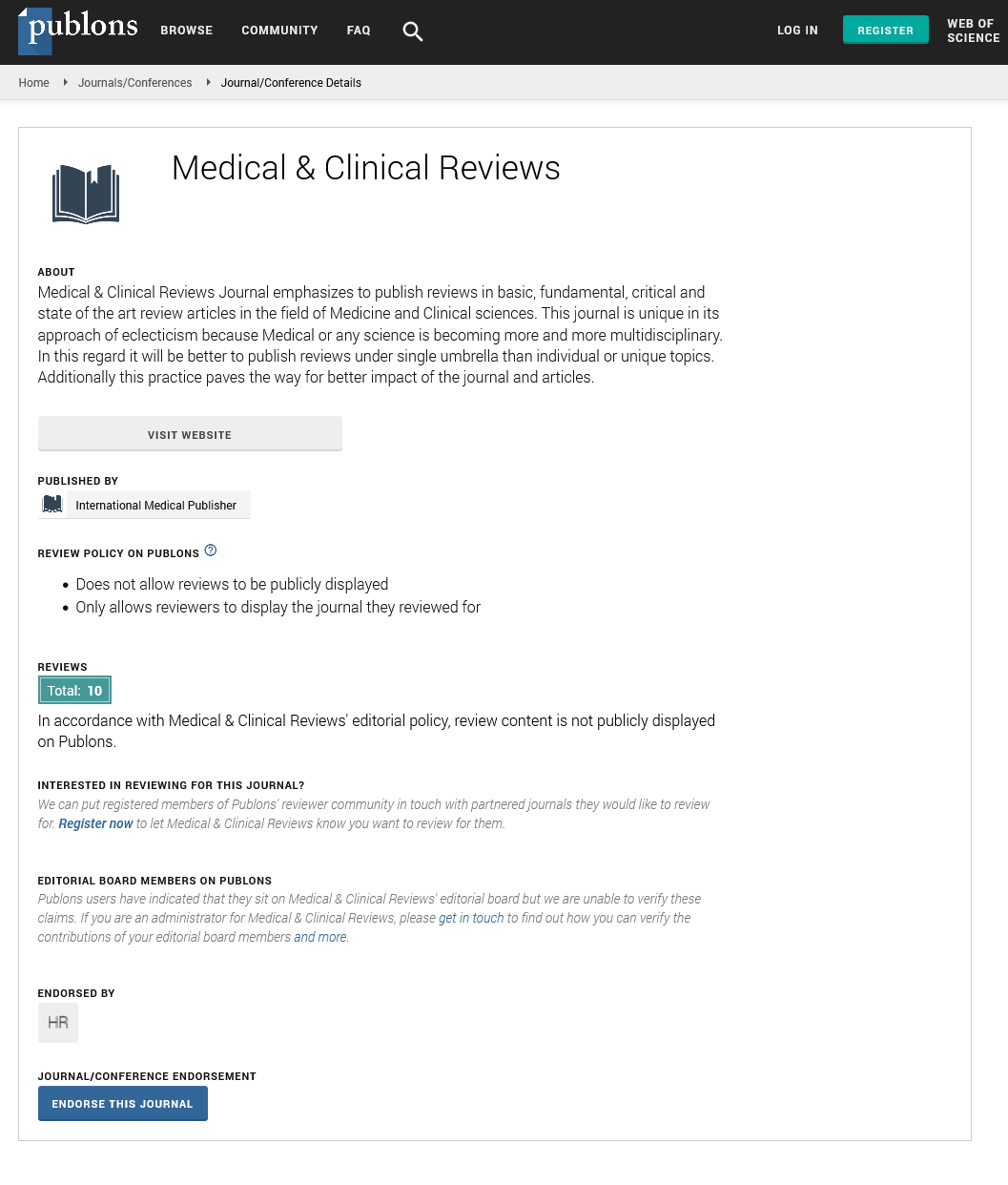Abstract
Perspective on Causes of Dysphagia
Swallowing is an intricate interaction. Approximately 50 sets of muscles and many nerves work to get food into the mouth, set it up, and move it from the mouth to the stomach. This occurs in three phases. During the principal stage, called the oral stage, the tongue gathers the food or fluid, preparing it for gulping. The tongue and jaw move strong food around in the mouth so it very well may be bitten. Biting makes strong food the right size and surface to swallow by blending the food in with spit. Salivation mellow and dampens the food to make gulping more straightforward. Typically, the main strong we swallow without biting is as a pill or caplet. All the other things that we swallow is as a fluid, a puree, or a bit strong.
The subsequent stage starts when the tongue pushes the food or fluid to the rear of the mouth. This triggers a gulping reaction that goes the food through the pharynx, or throat. During this stage, called the pharyngeal stage, the larynx (voice box) closes firmly and breathing stops to keep food or fluid from entering the aviation route and lungs. The third stage starts when food or fluid enters the throat, the cylinder that conveys food and fluid to the stomach. The section through the throat, called the esophageal stage, ordinarily happens in around three seconds, contingent upon the surface or consistency of the food, however can take somewhat longer at times, like while gulping a pill.
Author(s):
Ali Kabir*
Abstract | PDF
Share this

Google scholar citation report
Citations : 906
Medical & Clinical Reviews received 906 citations as per google scholar report
Medical & Clinical Reviews peer review process verified at publons
Abstracted/Indexed in
- Google Scholar
- China National Knowledge Infrastructure (CNKI)
- Directory of Research Journal Indexing (DRJI)
- WorldCat
- Publons
- Secret Search Engine Labs
Open Access Journals
- Aquaculture & Veterinary Science
- Chemistry & Chemical Sciences
- Clinical Sciences
- Engineering
- General Science
- Genetics & Molecular Biology
- Health Care & Nursing
- Immunology & Microbiology
- Materials Science
- Mathematics & Physics
- Medical Sciences
- Neurology & Psychiatry
- Oncology & Cancer Science
- Pharmaceutical Sciences


